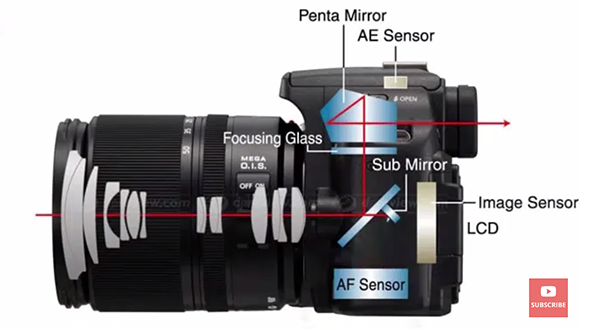If You Don’t Have a Mirrorless Camera (or Want a New One) Watch This Video
Pentax has been making diligent efforts to keep DSLRs alive, but there’s no doubt that the rest of the photo industry has shifted to mirrorless cameras—likely for good. So, with this dramatic shift in technology, why are we posting the comparison below?
One reason is this: If you’re still shooting with a DSLR, and have an arsenal of great glass, you may not need to make the switch—especially if the camera you own delivers great results for your specific style of photography. Secondly, if you’re convinced that there’s a mirrorless camera in your future, there are a few things you need to understand.
And depending upon the heft of your wallet, it could make sense to invest in both camera formats, so you have the option to choose the best possible weapon for the task at hand. Today, one of our favorite wildlife and nature photographers reveals what he considers “the truth about switching to mirrorless.”

Simon d’Entremont is a successful pro based in Eastern Canada. And if you look at the list of his preferred gear in the description beneath the video, you’ll see that he’s heavily invested in Canon mirrorless cameras and lenses. Nonetheless, he provides a helpful rundown on the pros and cons of both formats, so you can make an informed choice before you spend your hard-earned bucks.
Simon’s primary concern is explaining how a switch to mirrorless will affect your photography and cause you to do some things differently. Before getting started we should correct a misstatement he makes by noting that Pentax does include in-body image stabilization (IBIS) in some of their DSLR models—including the entry-level K-70.
The episode begins with a quick explanation of the two types of cameras, with Simon noting that DSLRs incorporate a mirror in front of the sensor, while mirrorless cameras obviously do not. One consideration is that a DSLR’s mirror remains down when you’re not taking photo, thereby directing the light entering the lens upward to a pentaprism that then directs whatever the camera “sees” into an optical viewfinder and then to your eye. As such, “the image you see in the viewfinder is the real light and image your camera is looking at.”

Mirrorless cameras work differently, with a small electronic display in the viewfinder. And, as you’ll see, this has several implications. It’s important to note that DSLRs can function somewhat like a mirrorless camera when using Live View, except that in this mode the viewfinder is unavailable, and you must use the rear LCD instead.
The foregoing is just a tiny smattering of what Simon explains in this lesson and is just intended to help you understand all the key comparisons he makes. By the time you’re done watching you’ll understand everything you need to know.
Be sure to visit d’Enremont’s YouTube channel, especially if landscape photography is your thing.
On a related note, we also suggest you watch an earlier tutorial we posted, explaining how to check a camera’s shutter count before buying or selling.




